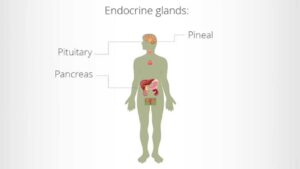For cool and safe experiments sign up to MEL Science here: https://goo.gl/tRuRMd Did you think that ascorbic acid was just a tasty vitamin? It’s also a powerful antioxidant and reagent which can be used for impressive experiments! In this experiment you will learn about the main properties of ascorbic acid, and find out why it is so important for health. Reagents and equipment: * 3% hydrogen peroxide solution; * 10% iron(II) sulfate solution; * 10% ammonium thiocyanate solution; * 1% ascorbic acid solution; * lemon juice; * pipette; * beaker. Step-by-step instructions Into three beakers, pour an iron(II) sulfate solution. Add lemon juice to the first beaker, leave the second unchanged, and to the third, add a solution of ascorbic acid. Now pour the solutions of ammonium thiocyanate and hydrogen peroxide into each beaker. Observe the color change to red in the second beaker. Processes description Antioxidants are substance which block oxidation reactions in the body. One of these substances is ascorbic acid. It is contained in many fruit and vegetables, for example in citrus fruit and red bell pepper. In the first and third beaker, ascorbic acid blocks the oxidation of iron(II) to iron(III), i.e. it absorbs the oxygen radicals which form in the breakdown of hydrogen peroxide. There is no ascorbic acid in the second beaker, and we observe the red bond of iron (III) thyocyanate form Fe²⁺ + 2H₂O₂ + 3CNS⁻ → Fe(CNS)₃ + 2H₂O + O₂
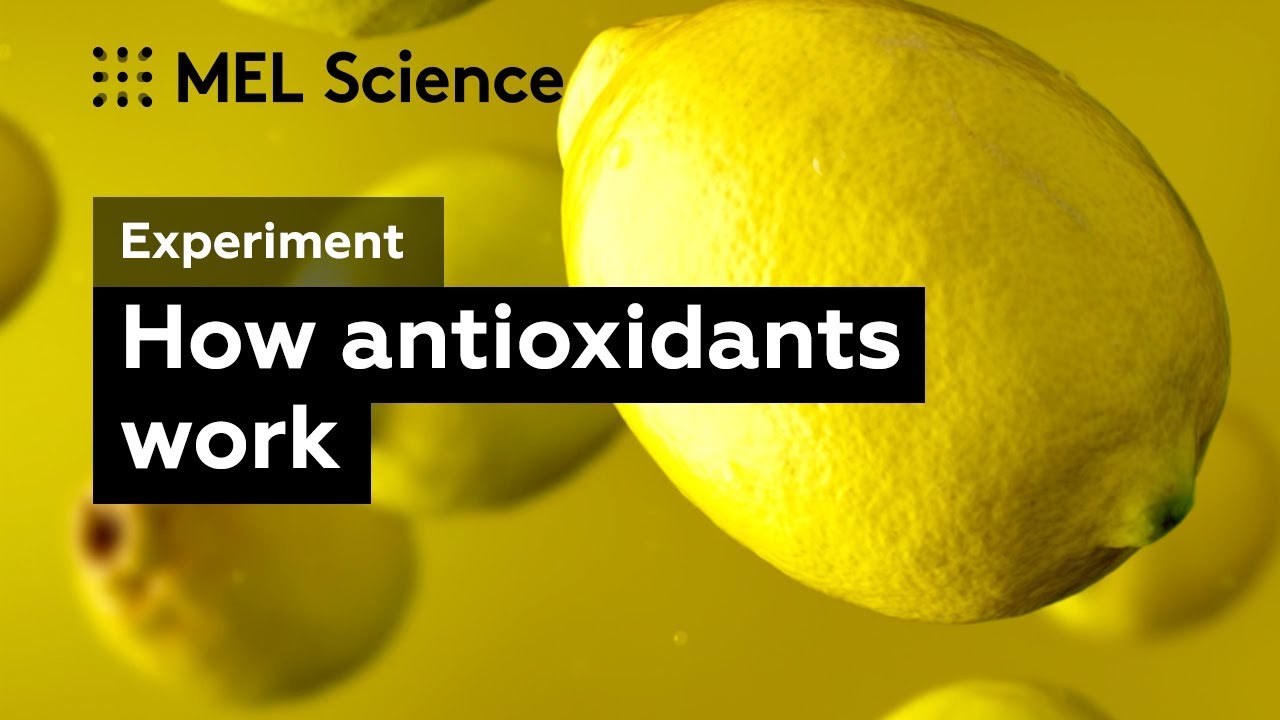
Why Vitamin C is useful (“Ascorbic acid: a strong antioxidant” experiment)
- Post author:admin
- Post published:October 4, 2021
- Post comments:0 Comments
You Might Also Like
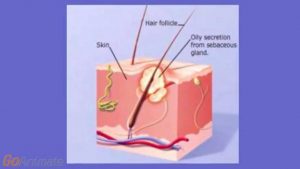
What is Acne and What is the Best Acne Treatment?

Hormones and Men’s Health

Military Psychiatry Video – 3

Full day Diet Plan to GAIN WEIGHT for Beginners! (Hindi / Punjabi)

How to do Standing Bicep Cable Curl exactly – Biceps Workout

How to Do a Dumbbell Biceps Curl | Arm Workout

Athletics Video – 2
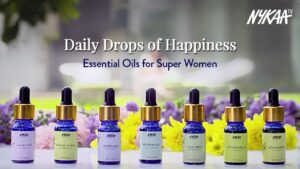
Essential Oils Video – 1
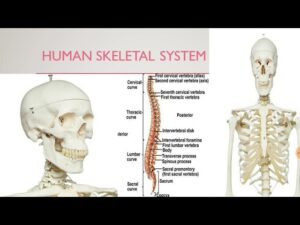
Skeletal System And Asanas Video – 5

Sangram Pre & Post Workout Meal

Barbell Bent Over Row

Nerd Muscle Growth

Zumba Cooldown Perfect by Ed Sheeran || ZumbaFitJessica

Vomiting Home Remedies – Instant Relief

3 Exercises to Increase STAMINA – Endurance for a Fight
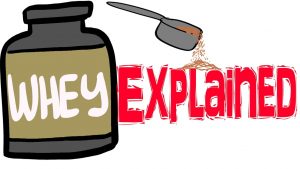
What is Whey Protein? (Protein Shake)
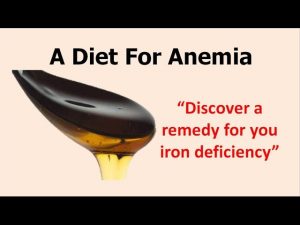
A Diet for Anemia: Treatment of Anemia, Use This Food for Anemia

Latissimus Dorsi Bent Over Row-2

Insomnia Video – 1
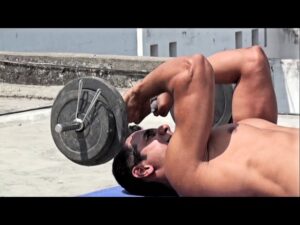
Lying Tricep Extension with Barbell

Wrestling Strength “Heavy Circuit” Training
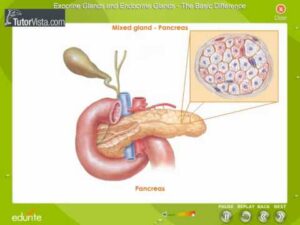
Exocrine Gland and Endocrine Glands

CLOSE GRIP PRESS | Triceps | How-To Exercise Tutorial
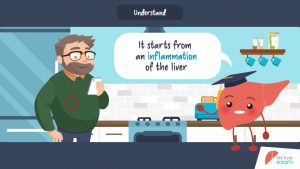
What is liver fibrosis?
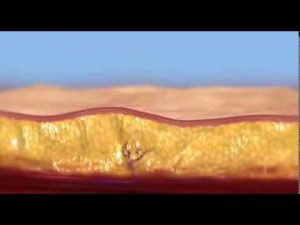
Body Fat Reduction Animation

How To: Incline Chest Press (Hammer Strength)
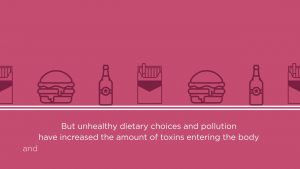
Silymarin – Rejuvenate your Liver
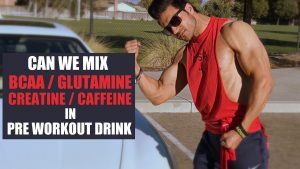
Can we mix BCAA, Creatine, Glutamine in PRE WORKOUT DRINK? Info by Guru Mann

How To: Dumbbell Flys On A Flat Bench
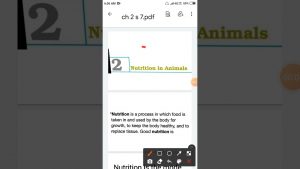
Nutrition in animals, basic introduction

Testosterone & Androgenic Effects Video – 39

Team Wild’s Cable Squats
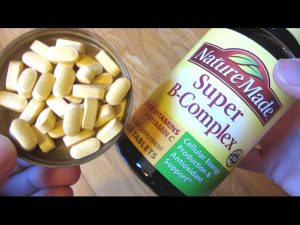
Nature Made Super B-Complex
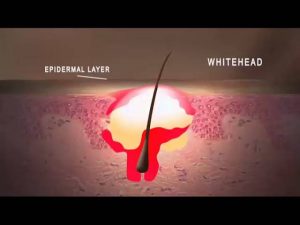
Pimple and cyst explosion medical What is acne

Muscle Building Workout & Squats Video – 7
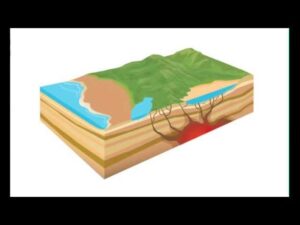
Minerals – Mineral Resources
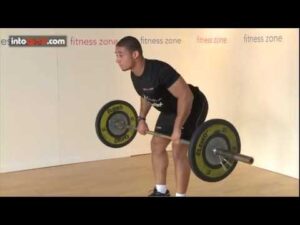
Latissimus Dorsi Bent Over Row-4
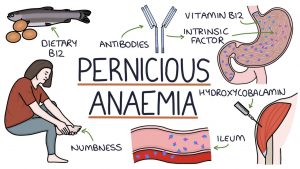
Understanding Pernicious Anaemia: For Students
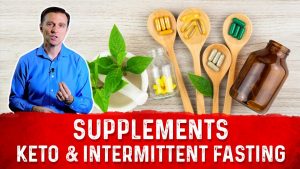
7 Recommend Supplements for Keto Diet & Intermittent Fasting by Dr.Berg
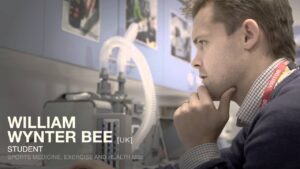
Physiology Of Sports & Sports Medicine Video – 2

Insomnia Video – 3
